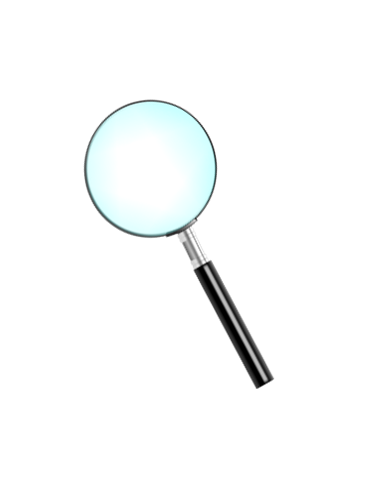Abstract
White light scanning interference (WLSI) microscopes provide an accurate surface topography of engineered surfaces. However, the measurement accuracy is substantially reduced in surfaces with low-reflectivity regions or high roughness, like a surface affected by corrosion. An alternative technique called shape from focus (SFF) takes advantage of the surface texture to recover the 3D surface by using a focus metric through a vertical scan. In this work, we propose a technique called SFF-WLSI, which consists of recovering the 3D surface of an object by applying the Tenegrad Variance (TENV) focus metric to WLSI images. Extensive simulation results show that the proposed technique yields accurate measurements under different surface roughness and surface reflectivity, outperforming the conventional WLSI and the SFF techniques. We validated the simulation results on two real objects with a Mirau-type microscope. The first was a flat lapping specimen with R a 0.05 μm for which we measured an average value of R a 0.055 μm and standard deviation σ 0.008 μm. The second was a metallic sphere with corrosion, which we reconstructed with WLSI versus the proposed SFF-WLSI technique, producing a better 3D reconstruction with less undefined depth values. © 2018 Optical Society of America.














